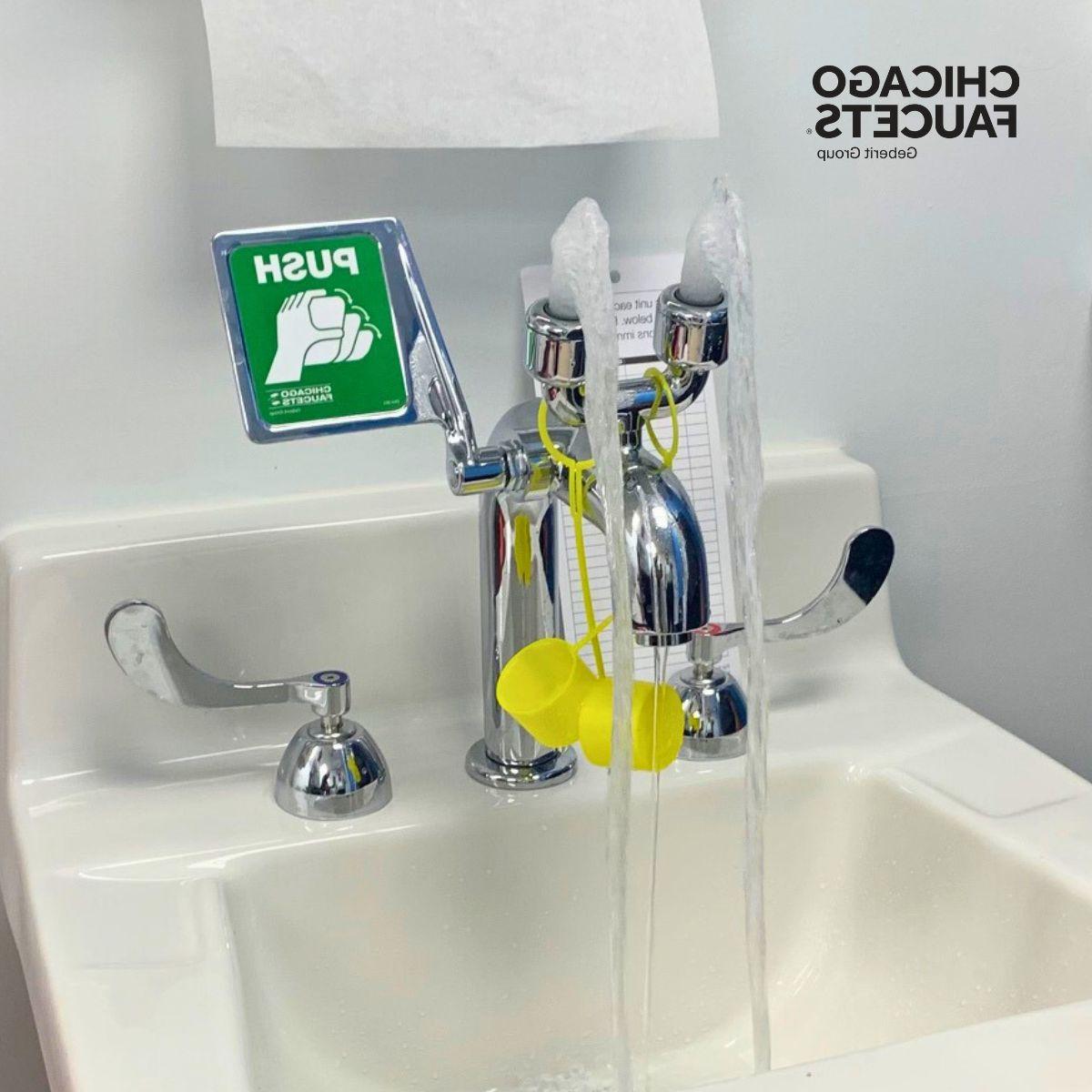OSHA Mandates Eye Safety
Protecting eyesight is crucial, whether it's a medical technician conducting research, a student in a school lab, or workers engaged in quality control, machining, woodworking, or maintenance and repair. Working in these environments requires awareness of potential threats to eye safety, including wood and metal chips, debris, dust, and harmful chemicals.
Despite using safety equipment such as goggles and face shields, thousands of workers still face eye safety threats, ranging from injuries to complete vision loss. For over 50 years, plumbed emergency eyewash stations have been in place in various locations, providing immediate response.
Mounted eyewash stations have been enhanced over the past five years to ensure greater access and responsiveness. OSHA has further established protocols to minimize the impact of hazards on eye safety.
Key points include:
- The regulatory requirement 29 CFR 1910.151 mandates facilities for quick eye-drenching for those working in hazardous areas.
- Eyewash stations must be accessible, located nearby, free of obstructions, and clearly lit. Stations must be clearly marked with highly visible signs.
- A constant flow of tepid water (60°F to 100°F) must be maintained without requiring the operator to hold the faucet open for at least 15 minutes.
- Regular maintenance and inspection are vital to prevent microbial contamination and ensure that eyewash stations do not cause additional harm. Given the sporadic nature of eyewash emergencies, stagnation can occur. OSHA recommends weekly activation of eyewash stations to ensure proper functioning and reduce the risk of bacteria build-up.
OSHA's Mission to Minimize the Effects of Eye Injuries Impacts Various Workplaces
- Research Laboratories: Both academic and industrial labs handle a range of chemicals and biological agents that can be cytotoxic. Space may be limited, with experiments and tests occurring in various locations. Therefore, familiarity with eyewash stations is critical, especially in school labs for high school students there for a short time.
- Healthcare Facilities: All healthcare facilities feature labs, and it's essential for staff working both in and outside of them to avoid becoming patients themselves. Employees must be prepared to respond instantaneously to accidental exposures to medications, cleaning agents, and bodily fluids.
- Industrial Manufacturing: Besides the chemicals housed in other settings, workers contend with metal and wood shavings, corrosive materials, and dust. Solid objects can cause significant damage to the eye surface.
The Ten-Second Rule – And More!
OSHA regulations specify that affected workers have ten seconds to reach an eyewash station to prevent further damage, translating to a path approximately 55 feet from the hazard.
In an eye-related emergency, an employee may experience partial blindness and panic. To optimize outcomes during this critical dash, Chicago Faucets has developed innovative faucet mount eyewash stations with the following benefits:
- Space Saving: Chicago Faucets emergency eyewash fittings with a built-in faucet are ideal for limited space. A single, compact, all-in-one fitting meets regulations and functions as a standard faucet for daily use and an eyewash in emergencies. The eyewash station can provide the required 3.3 GPM at 50 PSI, delivering soft, broad streams for both eyes. Touchless or manual faucet and eyewash functions team up into a single unit for a cost-effective, space-saving solution. It eliminates separate installations and saves on equipment costs and installation expenses.
- Separate Water Supply: Provides microbe-free water that meets ASSE-1071 standards for user safety.
- Scald Protection: To comply with ASSE 1070 regulations for user safety, an optional integral thermostatic mixing valve on the 8453 simplifies installation and eliminates potential leak points.
- Large Push-Handle for Easy Activation: Stay-open push handle design for easy-to-locate operation during any eye emergency.
- Versatility: For faucet assists with everyday tasks such as washing and sterilizing instruments and preparing reagents.

Employers are responsible for assessing workplace hazards, providing suitable eye protection, ensuring that protective equipment meets current OSHA regulations and ANSI/ISEA standards, and educating employees on how to select the appropriate protection for specific hazards. As a leader in commercial faucet manufacturing, Chicago Faucets is committed to continuous innovation for safer workplaces. Click here to learn more about our Emergency Eyewash


